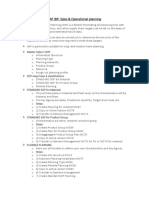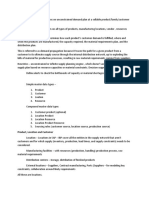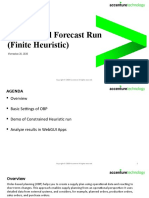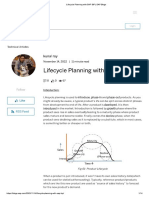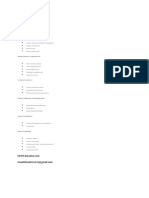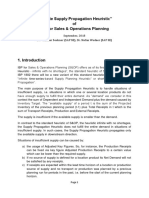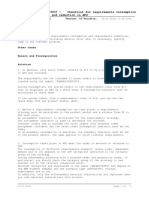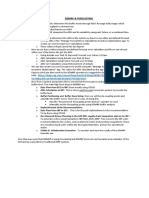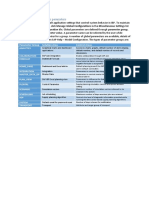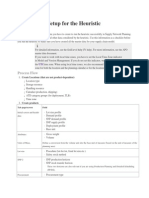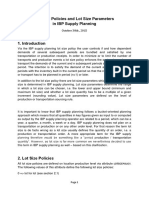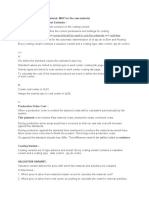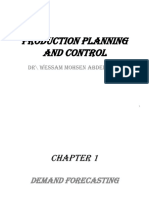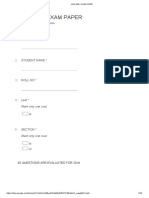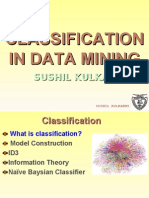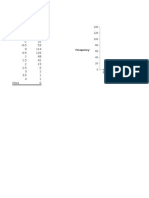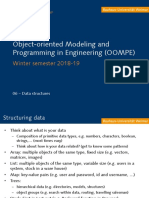0% found this document useful (0 votes)
122 views39 pagesLean Forecasting for Accurate Demand
This document discusses adopting a lean forecasting model for more accurate projections. It argues that advanced algorithms and complex models are not necessarily superior to simple models. Keeping the forecasting process simple avoids issues like low forecast accuracy, lack of competencies, and cumbersome processes. Complexity in forecasting software and methods often does not improve accuracy and does not bring value. Simple statistical models using clean data with factors like seasonality, trends and step changes can provide accurate forecasts without advanced algorithms or parameter optimization. Proper data cleaning is important but does not need to be complex or time consuming.
Uploaded by
YogeshCopyright
© © All Rights Reserved
We take content rights seriously. If you suspect this is your content, claim it here.
Available Formats
Download as PDF, TXT or read online on Scribd
0% found this document useful (0 votes)
122 views39 pagesLean Forecasting for Accurate Demand
This document discusses adopting a lean forecasting model for more accurate projections. It argues that advanced algorithms and complex models are not necessarily superior to simple models. Keeping the forecasting process simple avoids issues like low forecast accuracy, lack of competencies, and cumbersome processes. Complexity in forecasting software and methods often does not improve accuracy and does not bring value. Simple statistical models using clean data with factors like seasonality, trends and step changes can provide accurate forecasts without advanced algorithms or parameter optimization. Proper data cleaning is important but does not need to be complex or time consuming.
Uploaded by
YogeshCopyright
© © All Rights Reserved
We take content rights seriously. If you suspect this is your content, claim it here.
Available Formats
Download as PDF, TXT or read online on Scribd
/ 39

